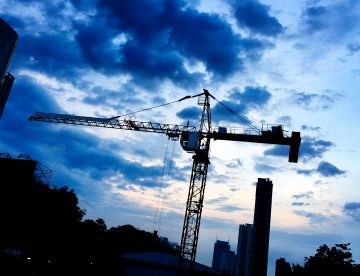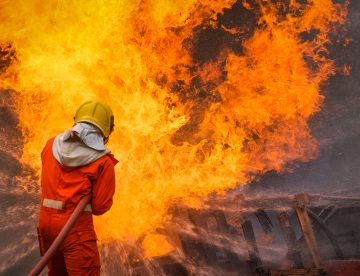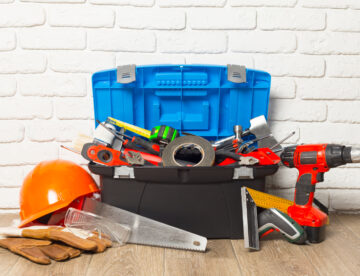
Tools and equipment are essential to the effective running of any construction site but, because they are used so much, they can suffer a lot of wear and tear, become damaged and eventually be unusable.
However, with proper care and maintenance, the lifespan of your tools and equipment can be extended and that’s good news for four reasons: 1) Better quality tools means better quality work; 2) It reduces costs related to repairs or replacements; 3) There will be fewer accidents/ injuries from faulty equipment; and 4) It’s better for the environment.
With so much to gain, in this week’s blog, we’re sharing some top tips for how to protect and maintain those tools.

This week, the Egyptian city of Sharm el-Sheikh saw world leaders, business leaders, climate activists, civil society representatives and others arrive for COP27 – the largest annual gathering on climate action. Running for two weeks (until 18th November), this United Nations conference is seeking renewed solidarity between countries to urgently tackle the global climate emergency and deliver on the Paris Agreement for people and the planet.
Approaches that can be made by energy intensive sectors such as oil, gas, steel and cement will be discussed on the conference’s ‘Decarbonisation Day’ (11th November) so we’ll be keeping a watch on what’s said. Meanwhile, we thought we’d take this as our theme for this week’s blog and look at five ways construction companies can lower their carbon footprint.
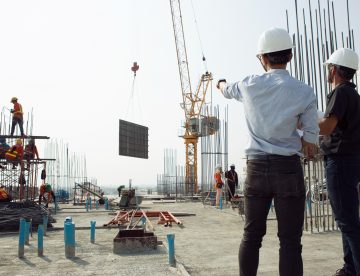
For any construction project, the position of Site Manager (sometimes referred to as Project Manager) is one of the most important. Whoever takes on this role must oversee the day-to-day management of on-site operations from start to finish (including pre-planning) and ensure all tasks are carried out with a focus on three key things – meeting timescales, keeping within budget and performing to the expected quality standards.
There’s no doubting that being a Site Manager is challenging but, as with many job roles, when some thought and time is given to being more effective, things can become easier and more enjoyable. If you’re wondering how to do this, read our blog for our top five tips.
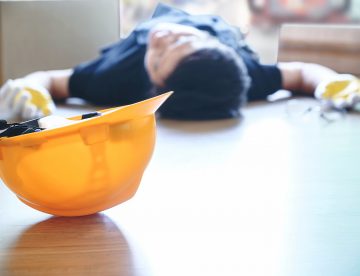
While strict health and safety measures have certainly reduced the number of injuries and fatalities in construction, the industry is still one of the most hazardous in the UK. Last year, construction workers suffered 61,000 non-fatal injuries and 40 people died as a result of workplace injury in our sector. What’s most frustrating is that the vast majority of on-site injuries are completely preventable. Today, we’re taking a look at four of the most common causes of accidents and offering some basic tips on what you can do to reduce the risks.
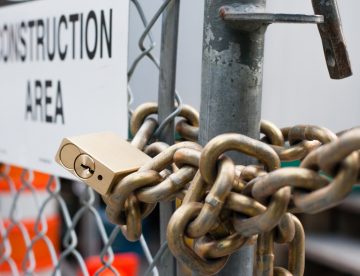
When construction sites close up for Christmas, theft, arson, unwanted visitors, bad weather and public safety issues all have the potential to disrupt the festivities or bring nasty surprises in the New Year. Prevention is always better than a cure so follow our ‘site shut down’ checklist to enjoy a worry-free break.

Second only to packaging in generating an estimated 50,000 tonnes of plastic waste each year, it’s clear that plastic is still a big problem for the UK’s construction sector. Of course, it’s the very thing that makes plastic desirable (it’s durability) which is what also causes the biggest issues. With so much plastic waste ending…
Health and safety on construction sites has vastly improved over the past decade but one area that is still a concern for many is the risk of injury, death and property damage caused by fire. Looking at the last five years, fires on construction sites have increased overall by 9.6%. The good news is that…

